|
|
BLOG |
|
What is the benefit of hiring a professional photographer to photograph interiors? To make your project shine and be able to present your work to the world in its best light. Since most homes are private, it is very difficult for prospective clients and others to view all the hard work of interior design. Photos are the key to getting your work seen and noticed by others. Photos have the benefit of highlighting the best areas/details of the project and with the right point of view, masking any flaws or unhappy choices. A professional interior photographer knows how to light the space and/or use natural light to showcase your work. They know how to find the best angles and interesting compositions to bring the space to live. What should an interior designer look for when hiring a photographer? Find a style of photography that you like and hire a photographer that shoots in that style. Make sure the work the photographer is currently doing is what you like and will match your style. Shooting interiors is a very niche area of photography and is very technical. Just because someone is an amazing wedding photographer does not mean they have the knowledge to shoot an interior space. A vertical wall must be vertical. Current professional camera equipment is a must. How can an interior designer prepare the space for photoshoot day?
Simple and fresh styling is best. Everything looks different from the camera's angle, so be flexible to allow to arrange things according to the camera's point of view. Flowers (always fresh, never fake) are nice and objects of various sizes/textures work great for styling. Keep styling natural and casual, work with what you have. Remove personal clutter. Layer to create a story. Less is more. Let the homeowner know ahead of time that it will get messy during the shoot, but not to worry, it will all get put back into place.
3 Comments
Being one of the most unpredictable forces of nature, lightning storms present a unique challenge for most photographers. We’ve all seen powerful photos of lightning in action and you may be wondering how you can capture the majesty of a storm the next time you’re fortunate (or unfortunate) enough to witness one. While a lot matters on what Mother Nature decides to do with all that electricity, the tips below should help in capturing a great shot of lightning. 1. Use a steady surface While a tripod typically works best, in reality any steady surface will work. Some people use a beanbag or other malleable item, like a pillow. This will be import as #2 is…. 2. Long Shutter Times While lightning is unpredictable, it’s extremely hard to make a decent capture by tripping the shutter when you see a flash. There are some fancy remote controls that have the ability to trip when the flash is sensed, but I’m guessing you don’t want to invest in these types of gadgets. Depending on your cameras ability to manage noise on slow shutter speeds, using a timing of 30 seconds can work well. The bulb setting can also be handy if you have a way to keep the shutter open. 3. Horizon Up It’s safe to say most of the lightning action you will see will in the sky. I know it’s obvious, but it needs to be stated that your field of view will be skewed toward the sky then. Depending on how close the lightning is, you’ll be including more blank looking sky than normal. But fear not; that sky becomes far more exciting when the lightning starts 4. But Include Something Interesting While the action will be in the sky, don’t forget to keep something in the frame to give relevance and perspective to the shot. Buildings are a favourite, but really, anything that can give an idea of the size of the storm works well. 5. Manual Focus It’s best to use manual focus when shooting in lightning situations. Mainly because the view will probably be at night (but not always) with a fair amount of darkness. Rather than allow your camera to hunt around for something to focus on with each new shot, get a good manual focus on the sky and leave it there. 6. Manual Shutter/Aperture Too As mentioned in #2, if your camera has the ability to set the shutter speed, pick a long shutter time and a fairly wide aperture. The action will be far from you so a wide aperture and shallow depth of field won’t be a problem (unless you have some very near objects you’d like to include). 7.Stack ’em If you can keep your camera in a steady spot, shot after shot, you can use stacking software to combine multiple strikes into one image. You’ll often have many unexciting shots with maybe just a single strike or faint action between clouds. These can all be combined to make a spectacular image. 8.Be Patient This is a big one and a key to success. Get familiar with your gear and settings so when there is a lightning storm you can set up the camera and then let it do its thing while you enjoy the show. You’re going to have a number of times when you miss “the shot” for one reason or another. Don’t sweat it. Shooting lightning storms can be a very enjoyable experience but it takes a little practice to get it just right. Follow the steps above and you’ll be well on your way to creating electrifying photos (sorry, couldn’t resist the pun!).
It was worth it for the view! Photographer climbs world's tallest skyscraper to take stunning panoramic pictures of Dubai. By ANNA EDWARDS This daredevil shows he has nerves of steel as he reaches the top of the world's tallest skyscraper - 2,700 ft in the sky. Alisdair Miller spent two hours climbing the huge building to capture the incredible pictures showing a spectacular view of Dubai. To reach the top, a daunting 828 metres high in the air, Mr Miller had to climb steel stairs and ladders on the Burj Khalifa - the world's tallest building. The top is not accessible to the public and visitors can only reach the viewing deck, which is around 1550 ft high. Mr Miller, 42, said: 'These photos were taken in Down Town Dubai, which the Burj Khalifa is the centre point of this district. 'I was with a team that inspects the building for any maintenance that needs to be done. 'This does happen everyday due to the scale and height of the building. To get to the top is no easy task, and it takes nearly two hours. 'The elevators stop almost three quarters up, then at this level you start to climb steel stairs and ladders.
'Around 100m meters from the top you have the needle to climb which is the most demanding part. 'My camera bag had to be hung from a rope below me due to the narrow intersection parts. Your arms and legs feel as if they are on fire.' He added: 'I got to the tip of the Burj Khalifa and actually held on to the lightning conductor, so I was at 2,717 ft. |
Archives
February 2020
Categories |
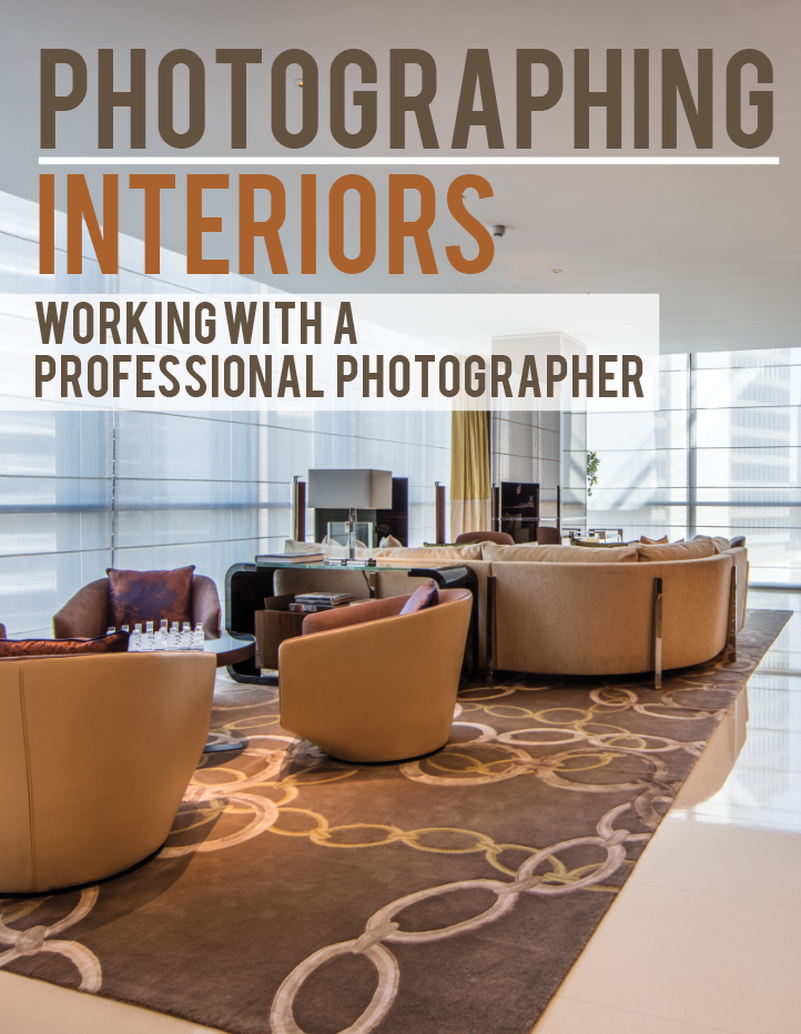
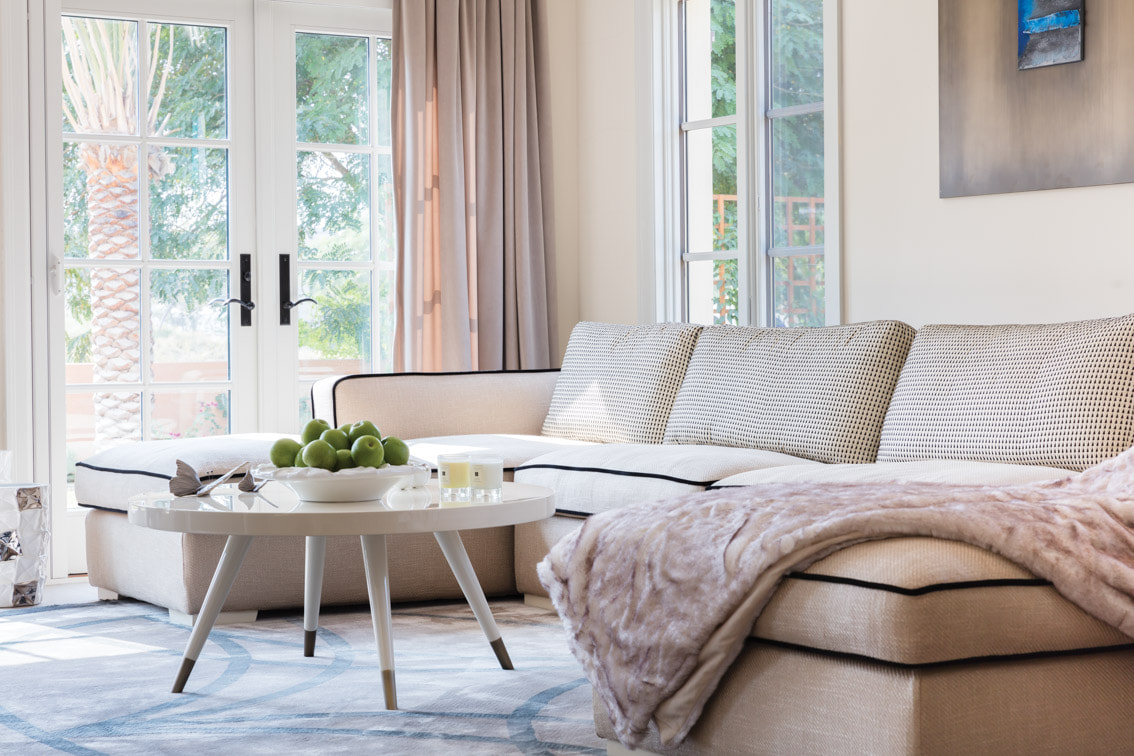
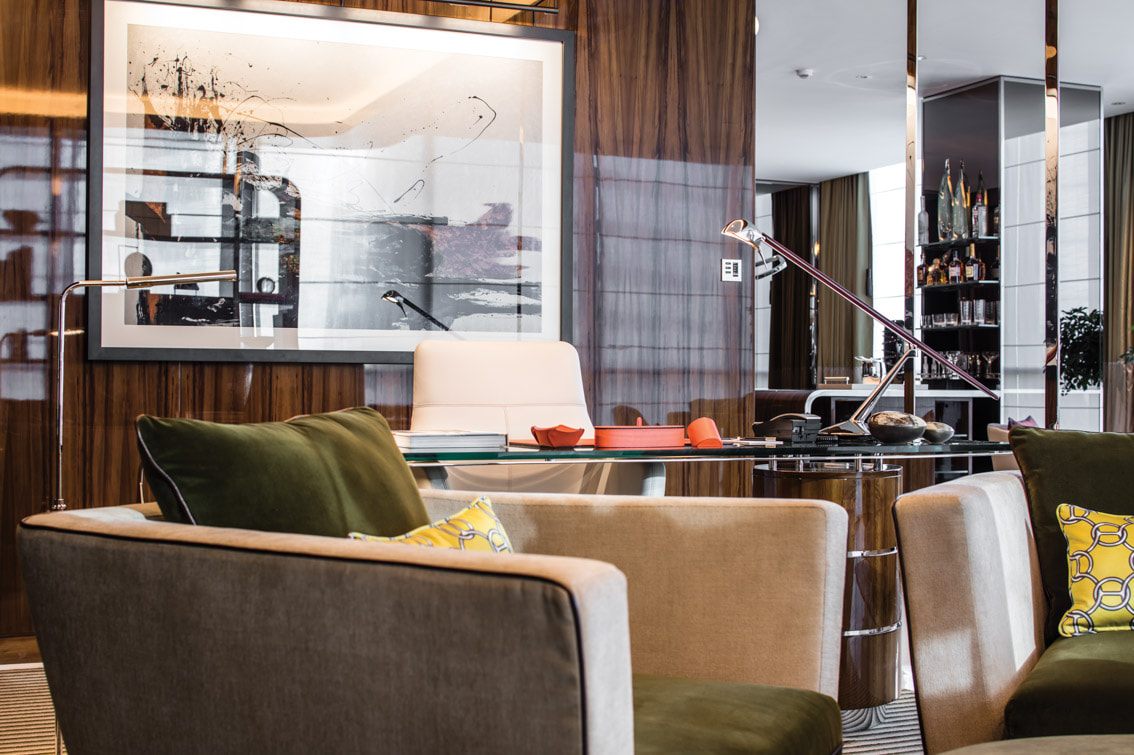
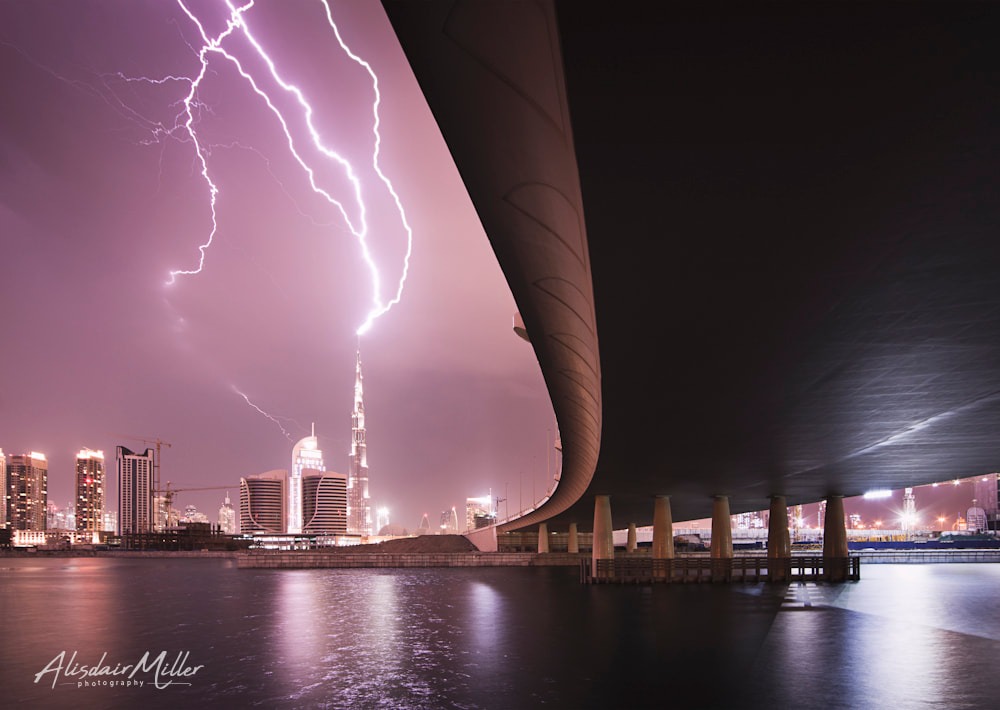
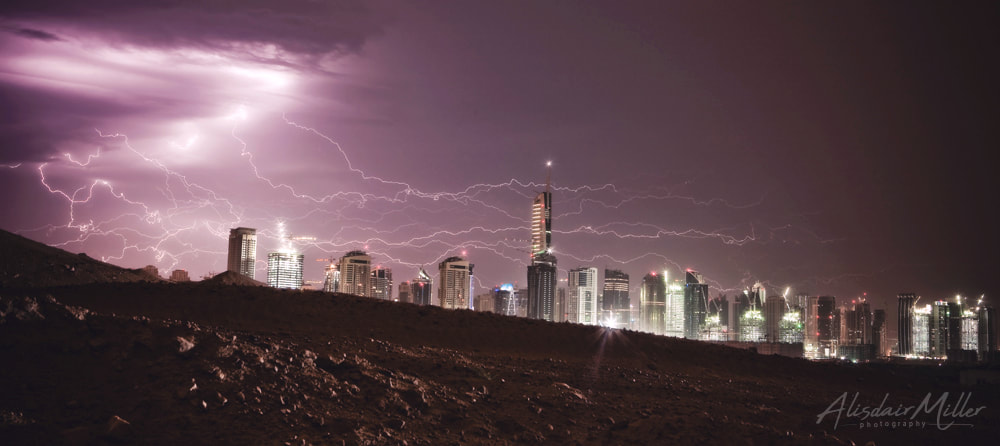
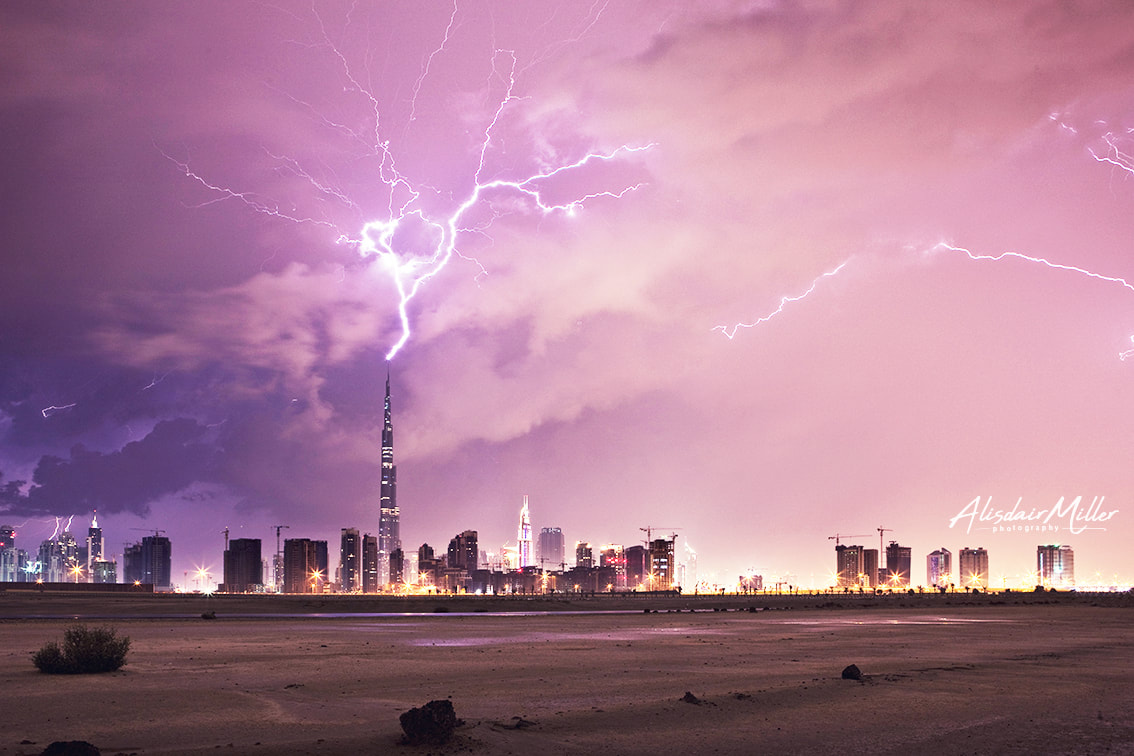
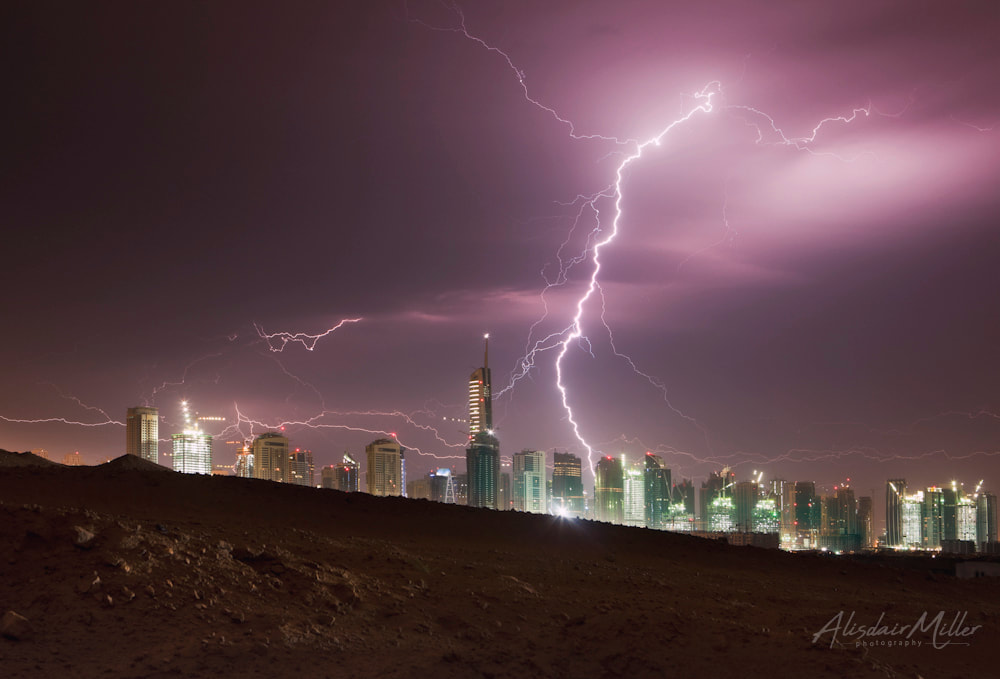

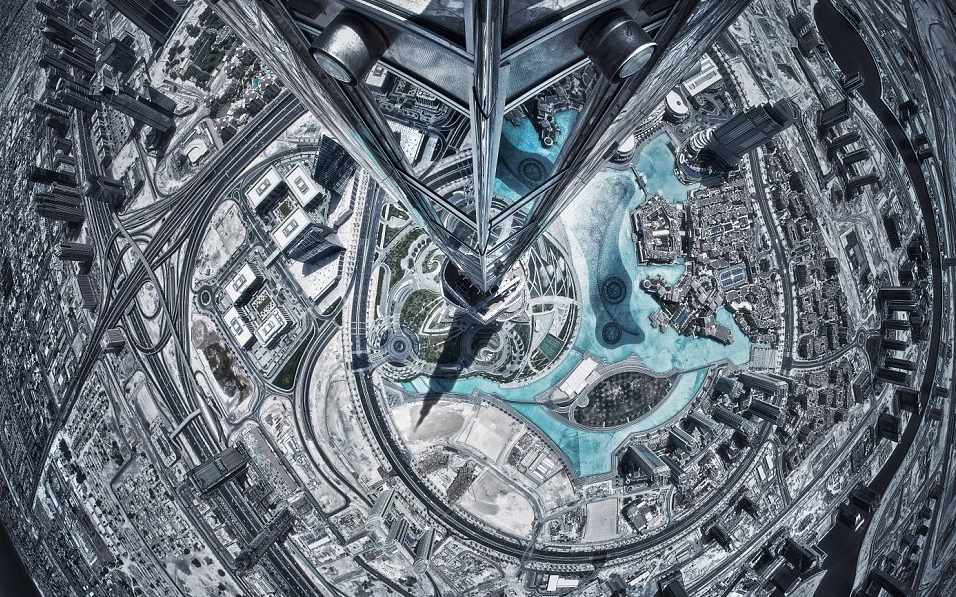
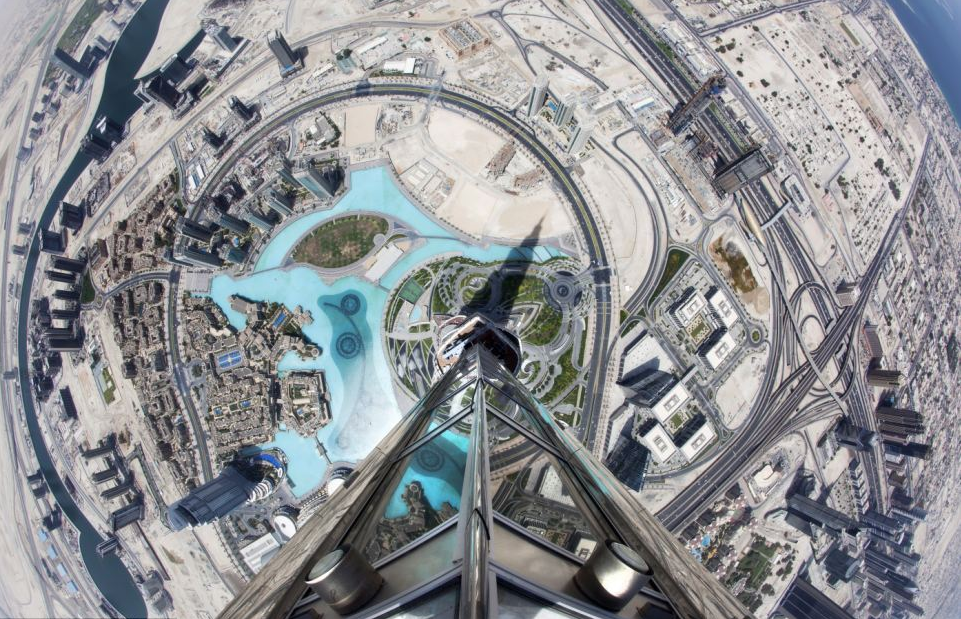
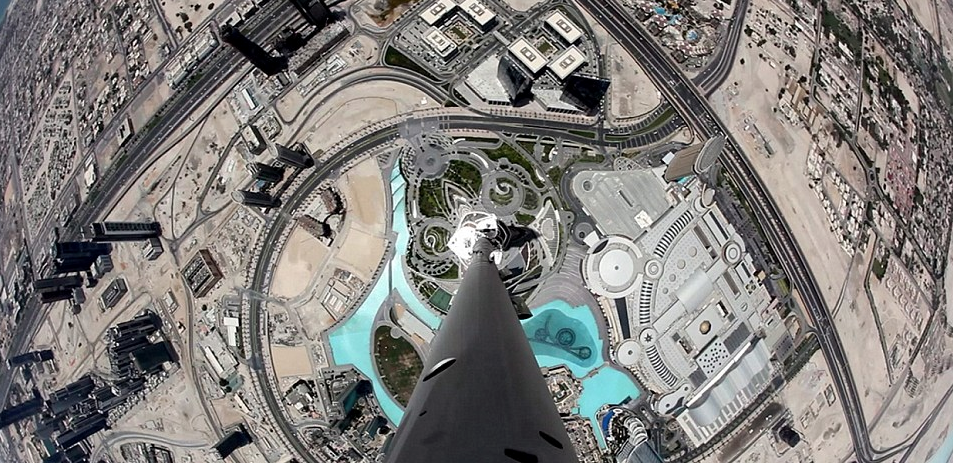
 RSS Feed
RSS Feed